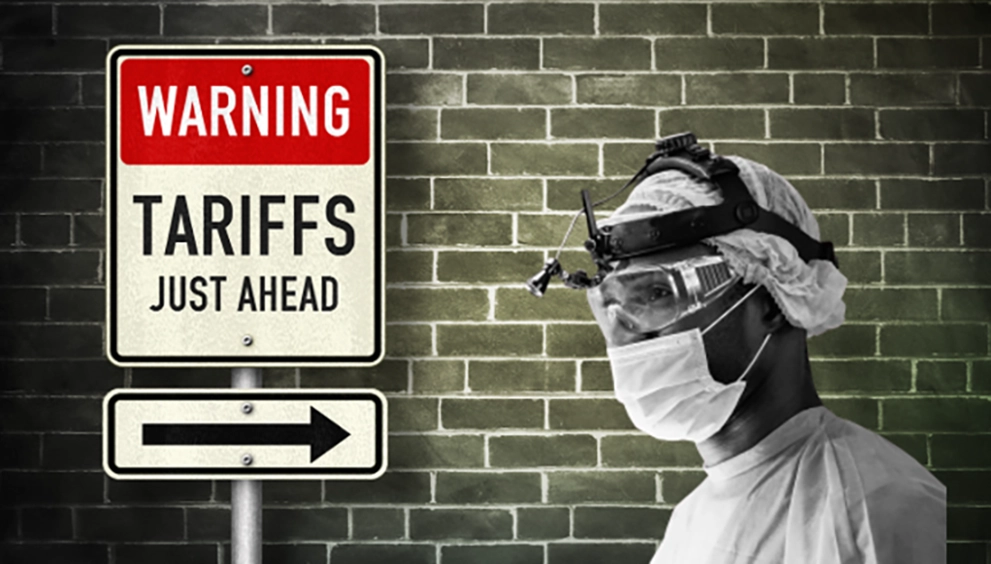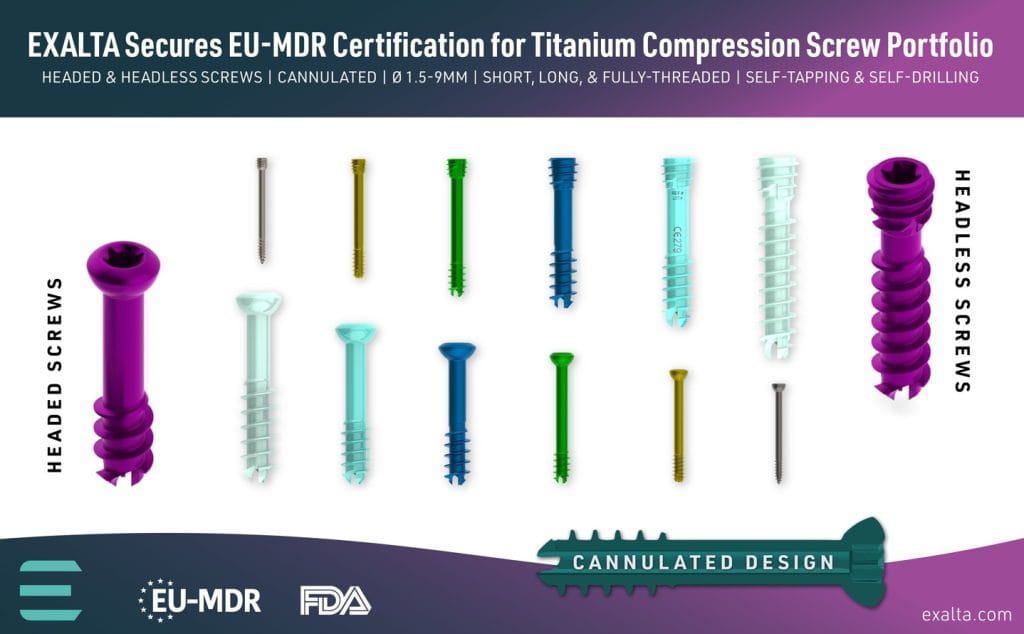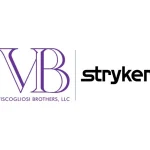Tariff Time Bomb: European and American MedTech Companies Can Act Now to Turn a Potential Crisis into Opportunity


In an era defined by geopolitical maneuvering and protectionist impulses, European MedTech companies now face a pivotal moment. The U.S. administration’s latest proposal to impose steep tariffs on multiple countries worldwide, including European imports, is not just a policy tweak; it is a signal of a return to a high-stakes trade environment reminiscent of history’s most dangerous episodes.
Remember the Smoot-Hawley Tariff Act of 1930? By raising import duties by an average of 20% on over 20,000 goods, and, in some cases, pushing tariffs as high as 60%, this legislation ignited a trade war that devastated international commerce. The Smoot-Hawley experience stands as a stark reminder: when protectionist measures spiral, the fallout can be catastrophic. Today’s proposed tariffs may not be as extreme, but they pose a serious threat to the competitiveness and innovation of European MedTech firms in the U.S. market.
For European companies, the risk is twofold. Not only do these tariffs risk inflating costs and squeezing margins, but they also force a painful reexamination of supply chains that have, until now, relied on the benefits of global diversification. With U.S. policymakers intent on helping domestic industries, the challenge is clear: European MedTech companies must pivot quickly to safeguard their position and even turn these challenges into opportunities.
At the same time, the repercussions extend far beyond Europe. If the U.S. imposes tariffs and other nations, including European countries, retaliate, American MedTech companies that export their products will face similar challenges: supply chain disruptions, higher costs, and squeezed margins. This scenario will force these companies to quickly revise their competitive strategies in key markets such as Asia, Europe, and Canada, where cost competitiveness has traditionally been a significant advantage.
So, what is the playbook for navigating these turbulent waters?
A five-pronged strategy is emerging as the blueprint for success:
- Conduct a Comprehensive Exposure Assessment
Map every link in your supply chain and pinpoint the components most vulnerable to tariff shocks. Recent data suggests that nearly 75% of U.S. medical devices could see price increases if tariffs are enacted. This step is essential for understanding the precise cost implications and setting the stage for effective mitigation. - Diversify and Optimize Manufacturing
To reduce exposure, European MedTech companies should consider partnering with global contract manufacturers that offer flexible, multi-regional production options. Reshoring or near-shoring production for U.S.-bound products can neutralize tariff liabilities while shortening lead times and streamlining regulatory compliance. In essence, relocate critical production closer to the end market. - Invest in Local and Regional Operations
Building or partnering with U.S.-based manufacturing facilities not only circumvents tariffs but also leverages local expertise to navigate the complex U.S. regulatory landscape. This investment is a proactive shield against the vagaries of trade policy, much like a modern antidote to historical trade disasters such as Smoot-Hawley. - Embrace Innovation as a Competitive Edge
Innovation remains the lifeblood of MedTech. Continued investment in cutting-edge technologies can justify premium pricing even in a higher-cost environment. Furthermore, engaging in “tariff engineering,” that is, reclassifying or redesigning products to benefit from lower tariff rates, can provide an added layer of defense. - Develop Robust Contingency Plans and Monitor Policy Changes
Flexibility is key in today’s volatile trade landscape. Scenario-based planning and continuous supply chain monitoring enable companies to react swiftly to policy shifts. A centralized, real-time fact base is crucial for modeling potential outcomes and recalibrating strategies on the fly.
A case in point is a European firm specializing in advanced orthopedic implants. By diversifying its manufacturing base and establishing assembly operations within the U.S., the company not only shields itself from potential tariff shocks but also builds the agility required for faster FDA approvals and smoother market access.
The lesson is clear: just as the Smoot-Hawley Tariff Act serves as a historical cautionary tale, today’s tariff threats demand decisive action. European MedTech companies, and indeed American firms exporting abroad, must seize the moment. The time to act is now, transforming potential trade calamities into opportunities for resilience, growth, and innovation.
In this era of rapid policy shifts and global uncertainties, the winners will be those who not only weather the storm but also harness its energy to redefine the future of international commerce.













